Description
The eleven years that passed between the 1943 and the 1954 elections were arguably some of the most pivotal in Australian history. This was a period of intense political, policy and strategic transition, which saw a popular Labor Government and its state-led vision for post-war reconstruction toppled by Robert Menzies and his newly formed political machine, the Liberal Party of Australia. Meanwhile, a backdrop of rising Cold War tensions came to dominate domestic and international policymaking, ushering in a divisive communist party ban, the ANZUS treaty, the Colombo Plan, and Australia’s own agency of international espionage, ASIS. But what was the difference in practical terms between Menzies and his predecessors? What role was the state to play under a centre-right government, and would Menzies be able to live up to the liberal ideals with which he had won over the Australian public? All these issues are explored in the second of a four-volume history of Menzies and his world, based on conferences convened by the Robert Menzies Institute at the University of Melbourne. Contributors include Christopher Beer, Andrew Blyth, Troy Bramston, Lorraine Finlay, Nicolle Flint, David Furse-Roberts, Anne Henderson, David Lee, Lucas McLennan, Lyndon Megarrity, Charles Richardson, William Stoltz and Tom Switzer.
Hardcover, 256pp, 2023
Publisher: MUP

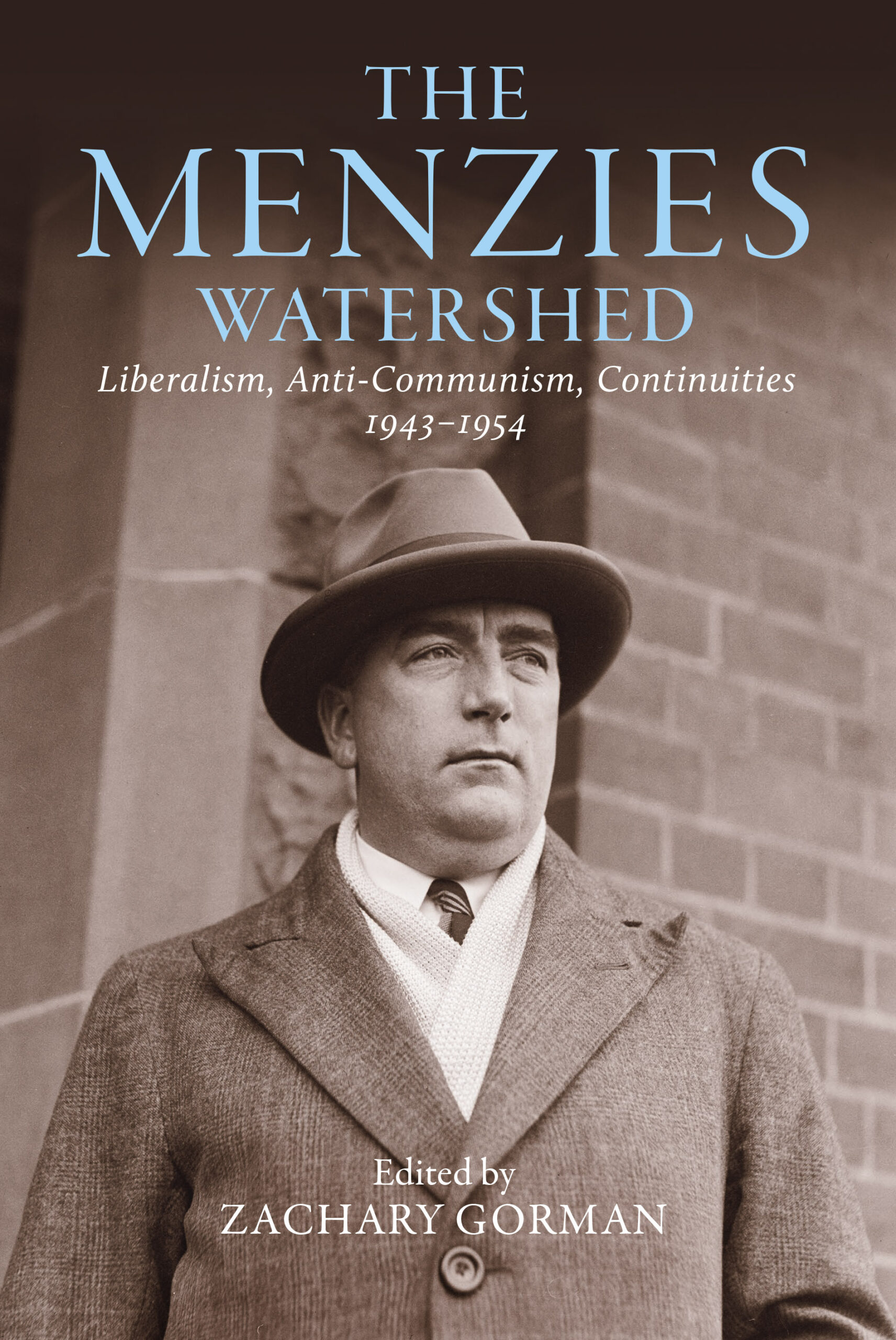

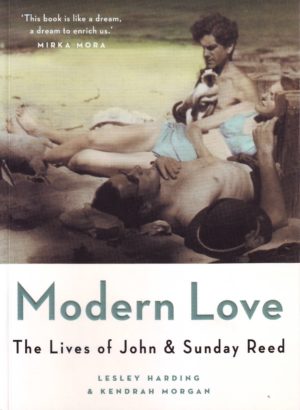
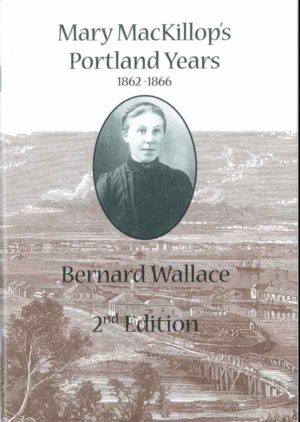
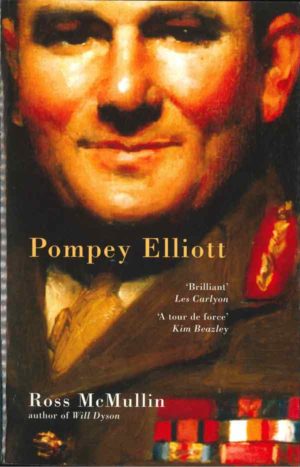
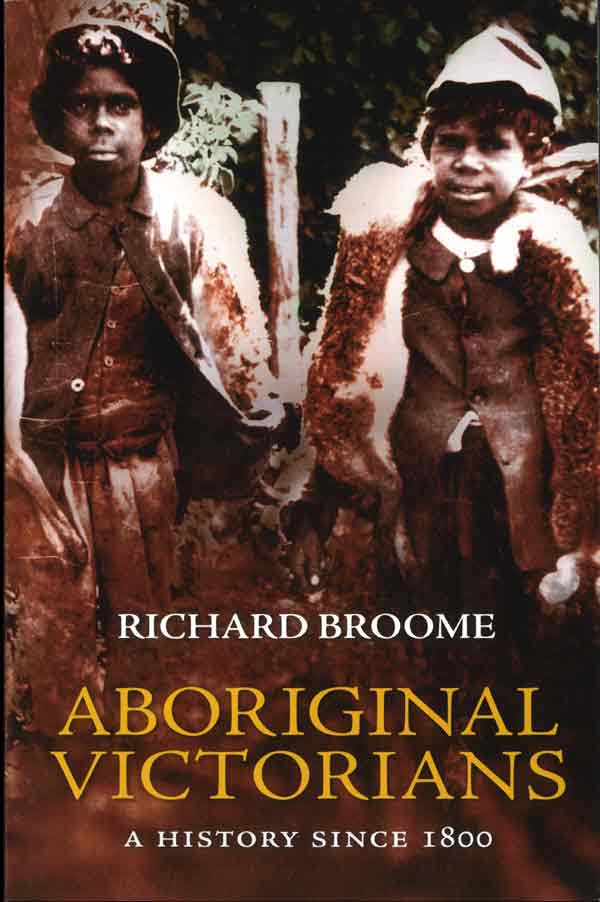

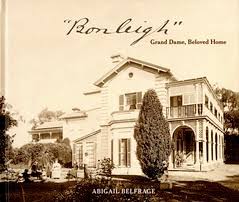
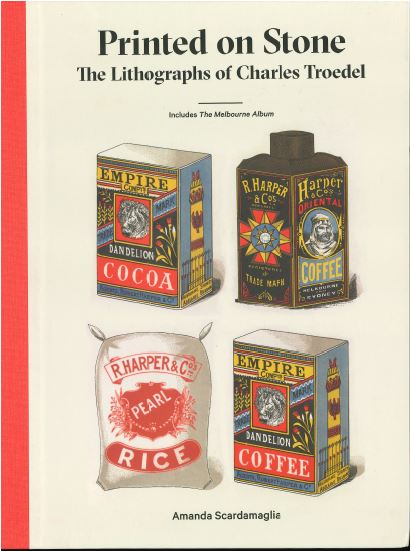
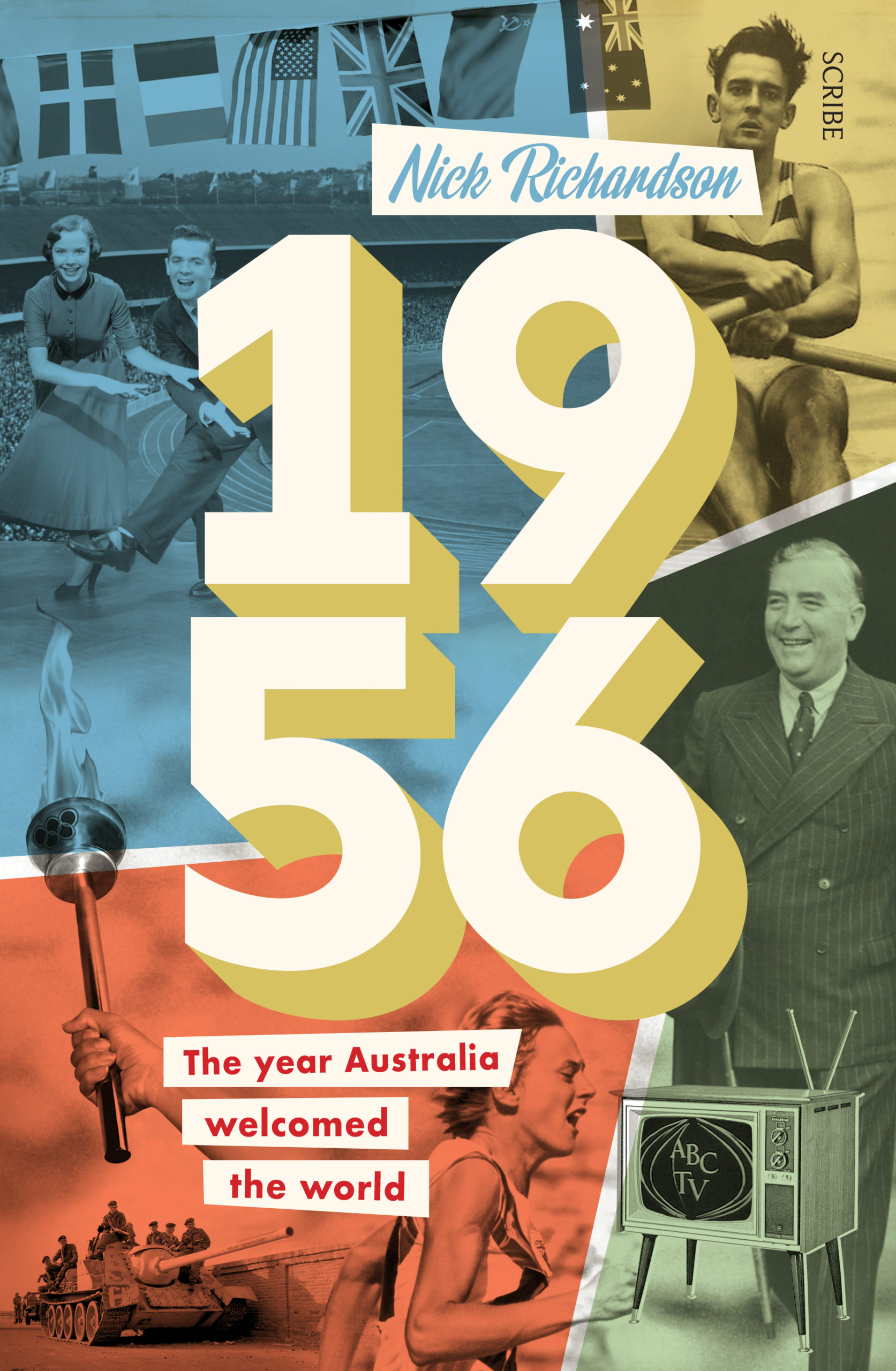
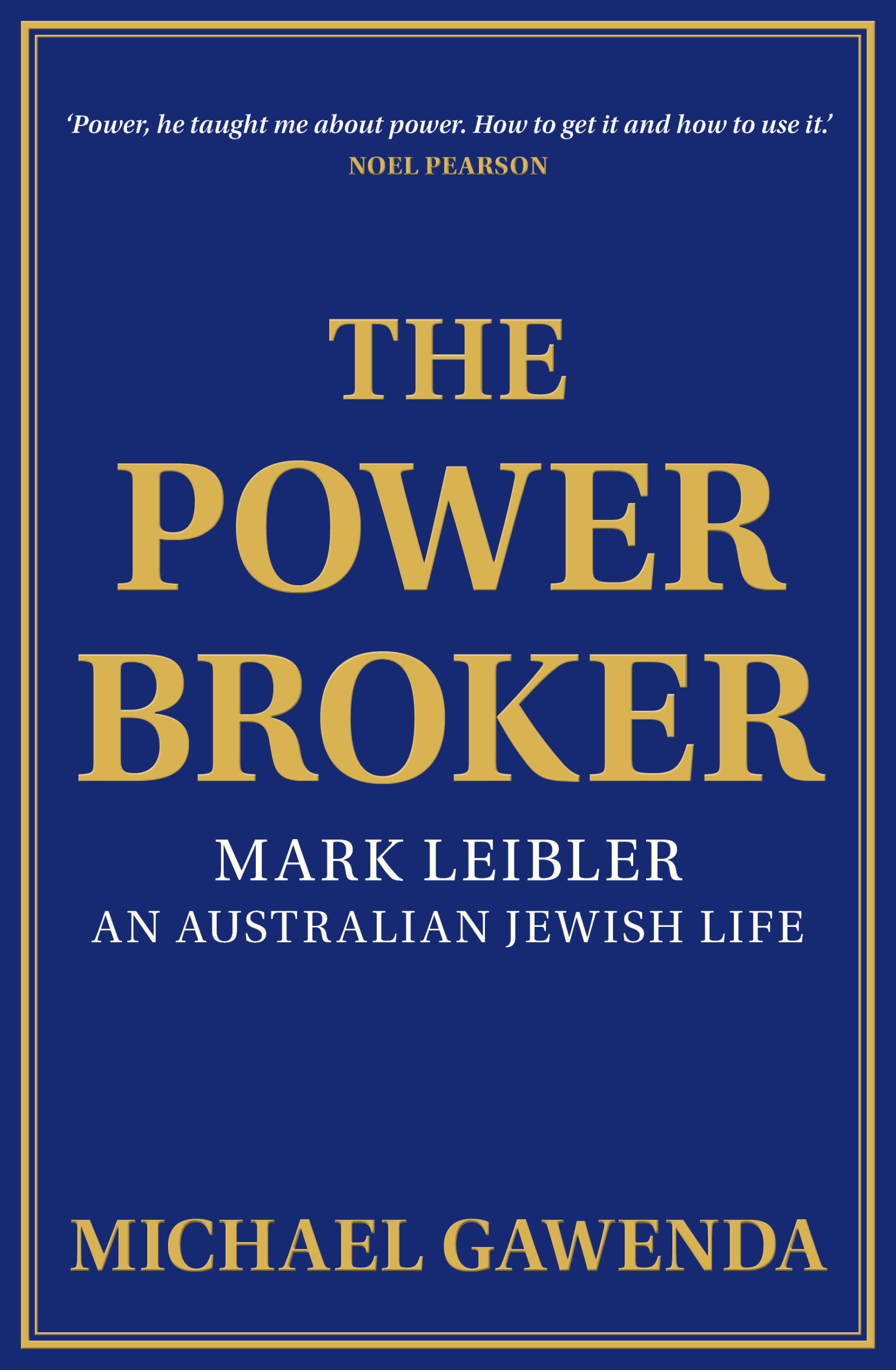


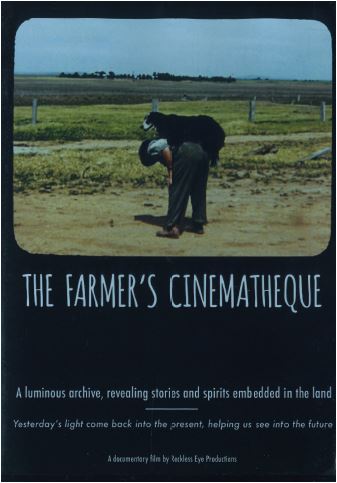

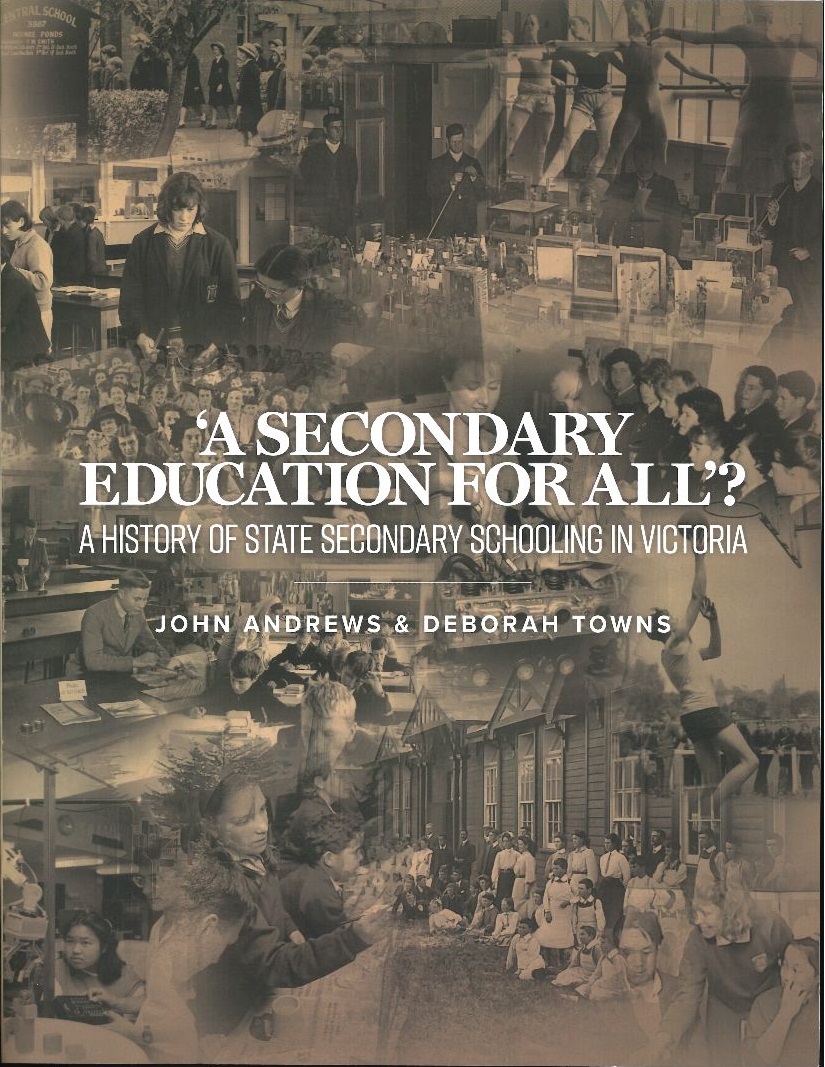
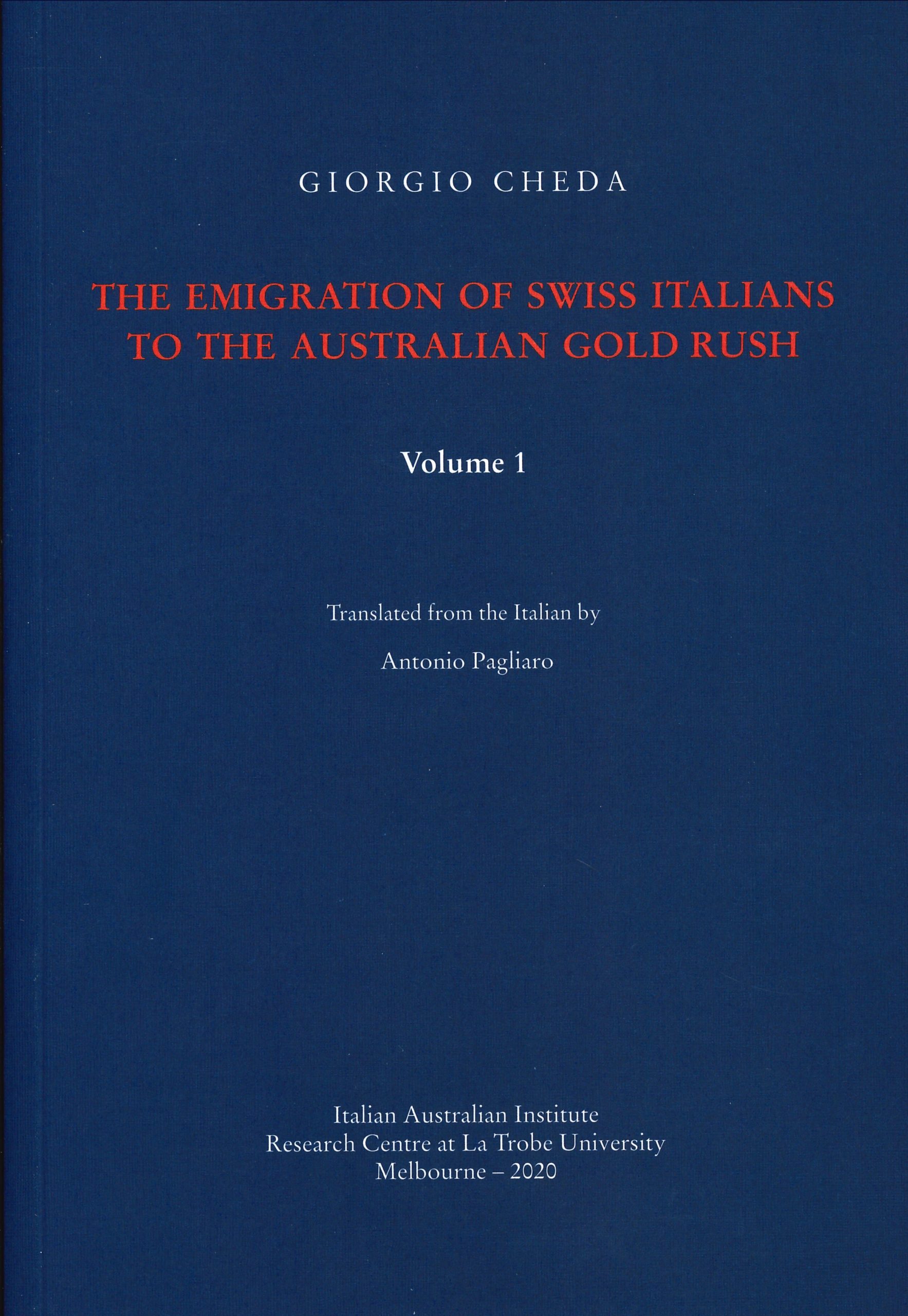

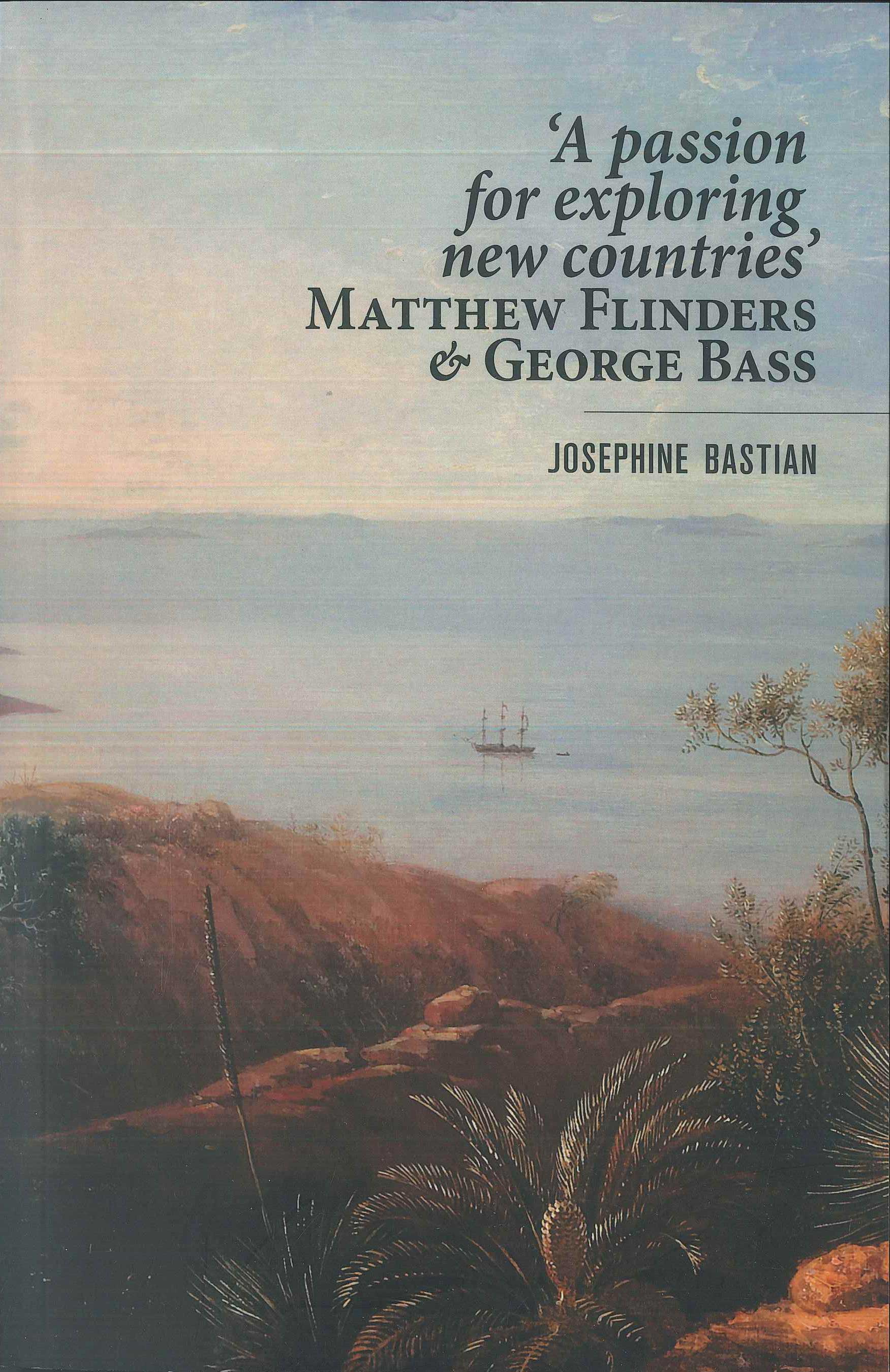
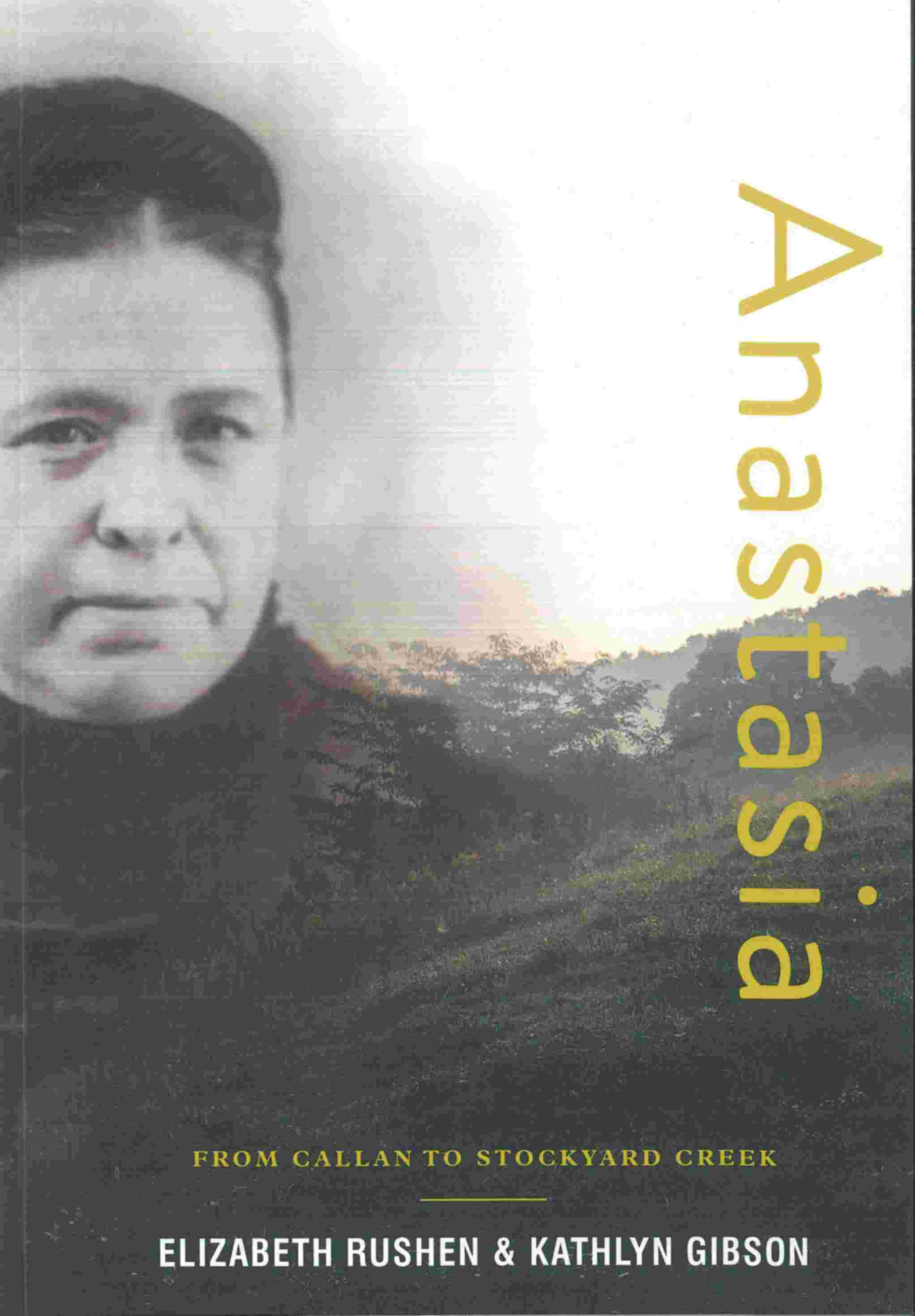
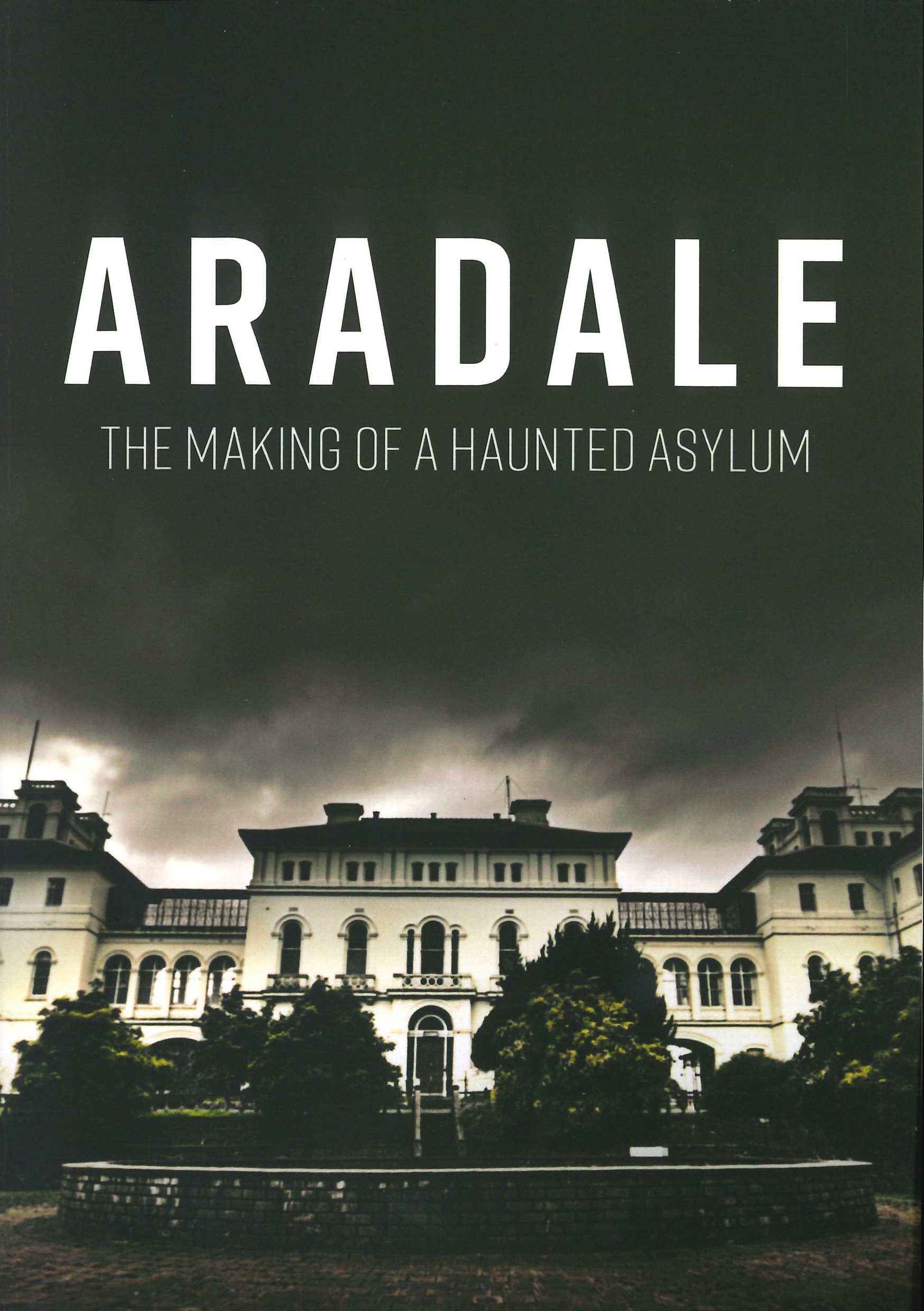
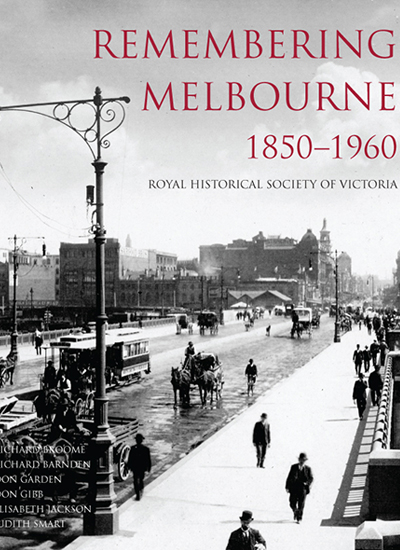
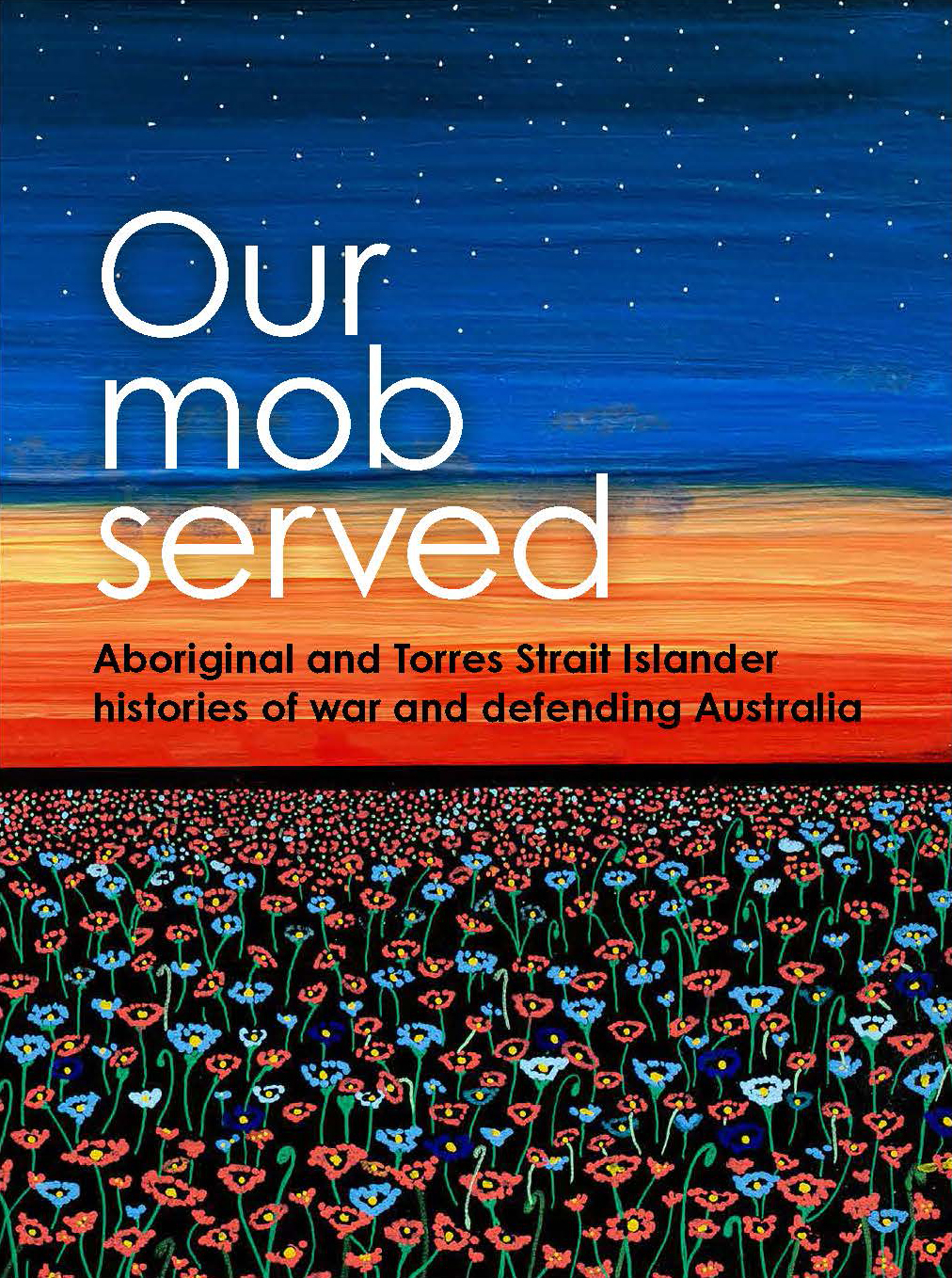
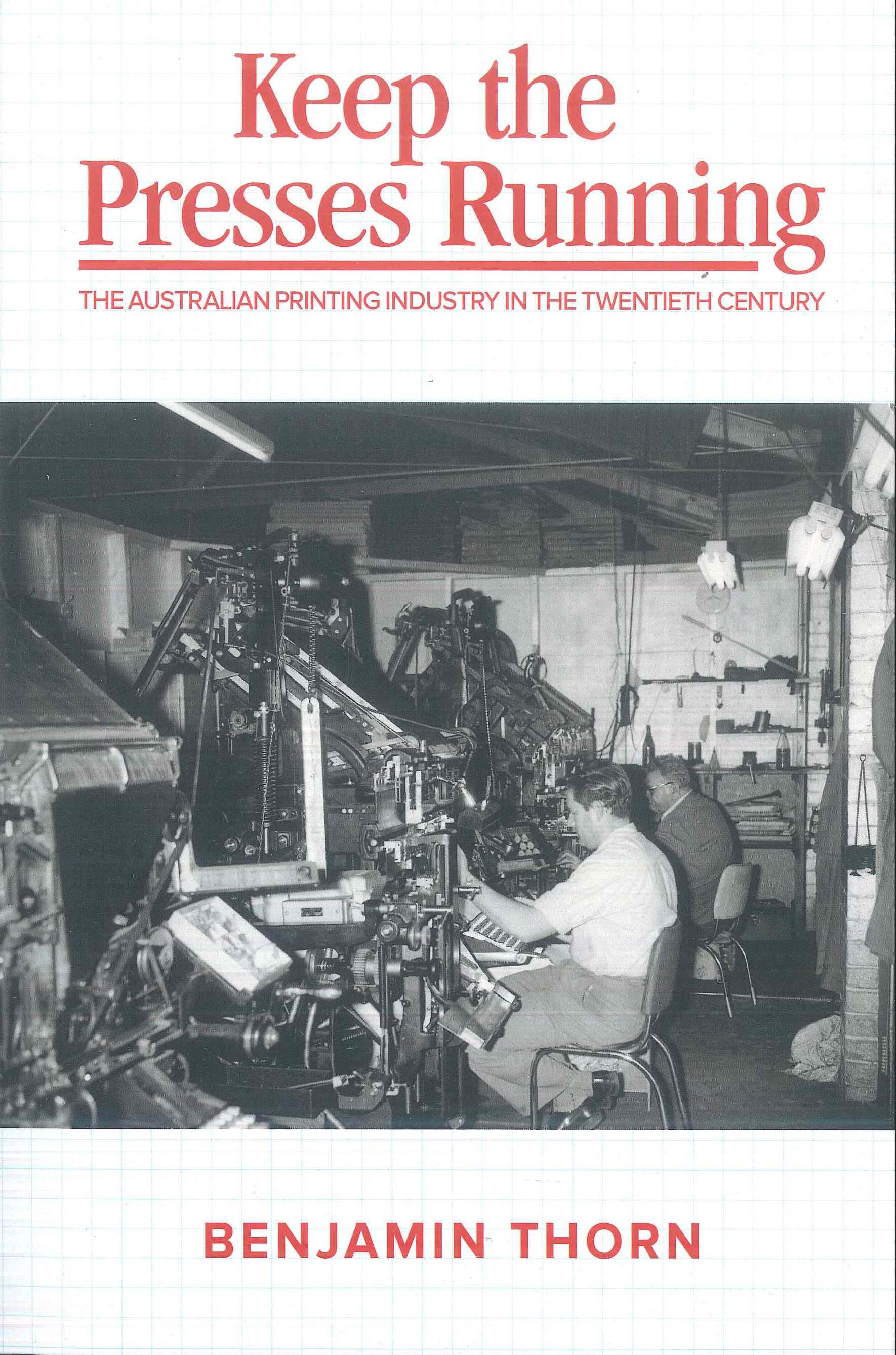
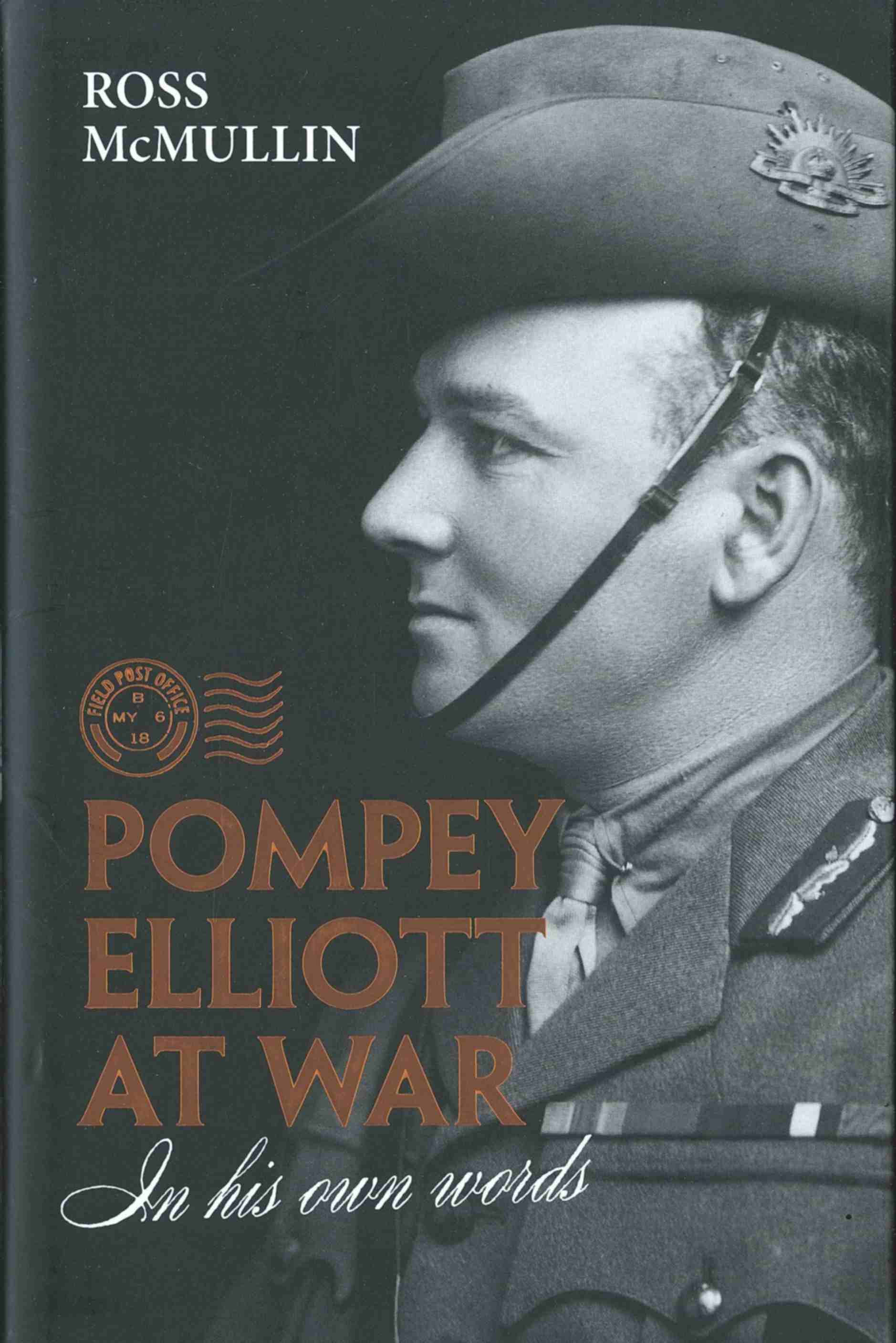

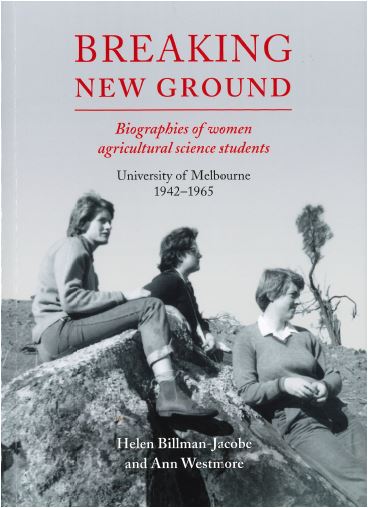
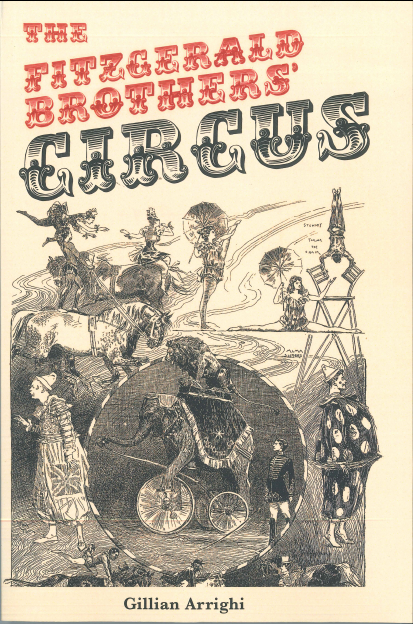
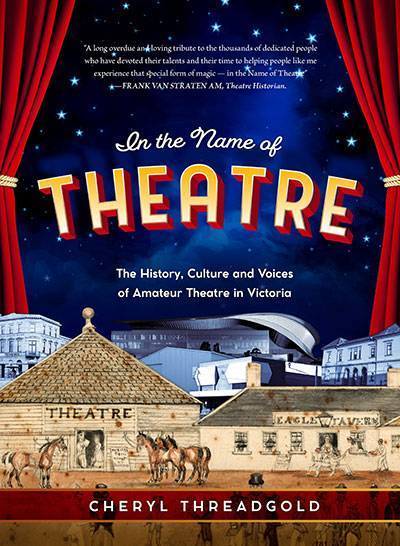

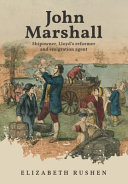
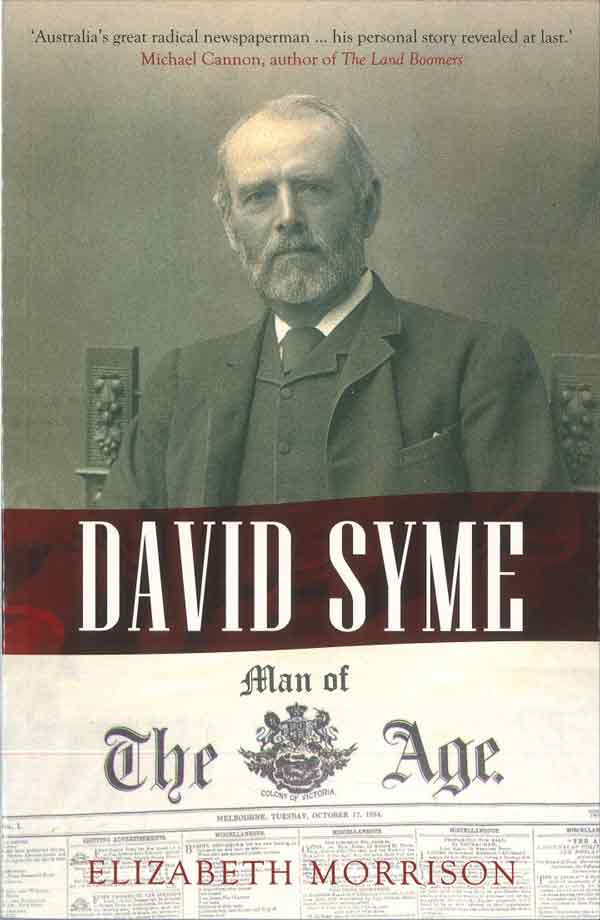


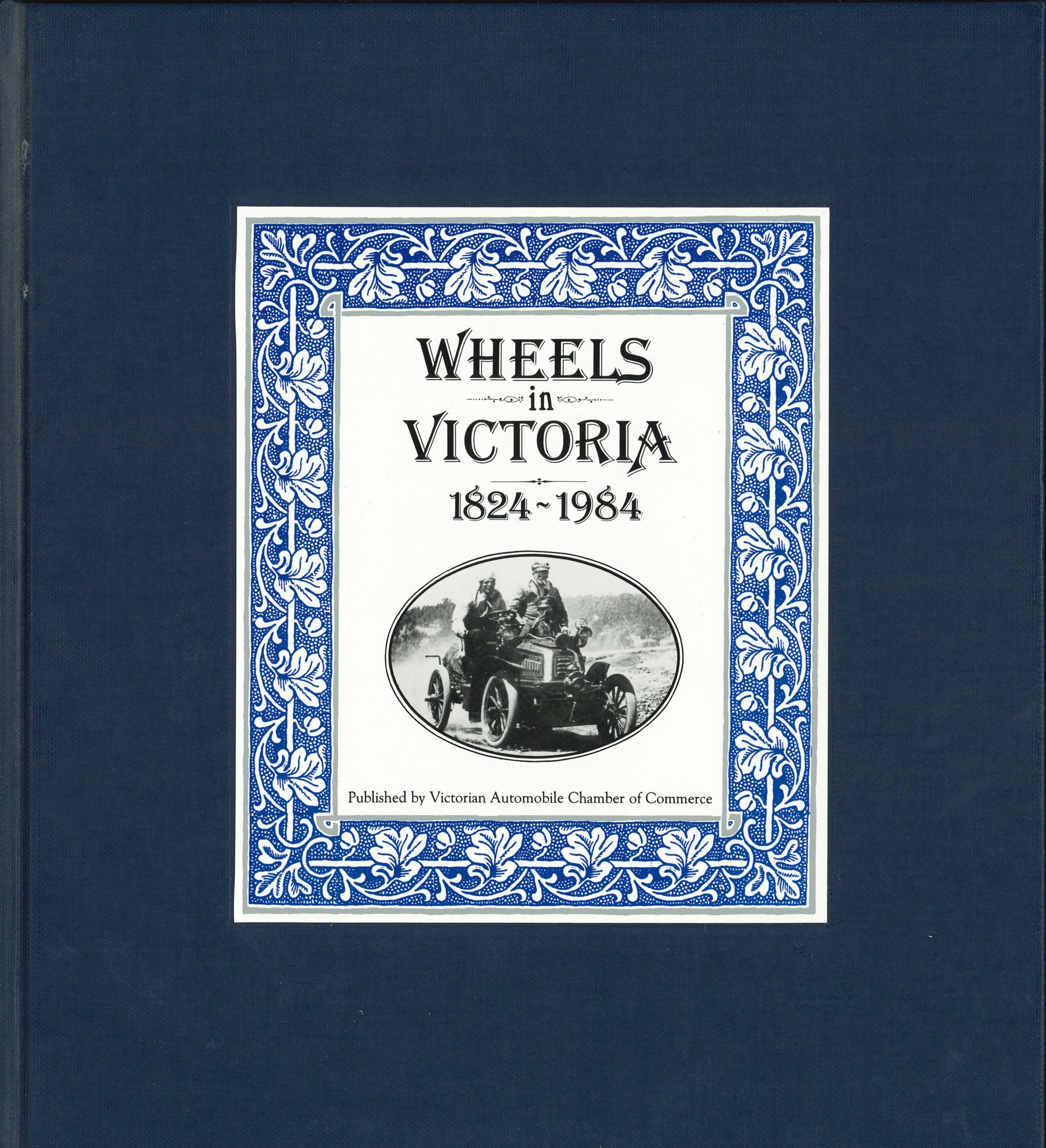


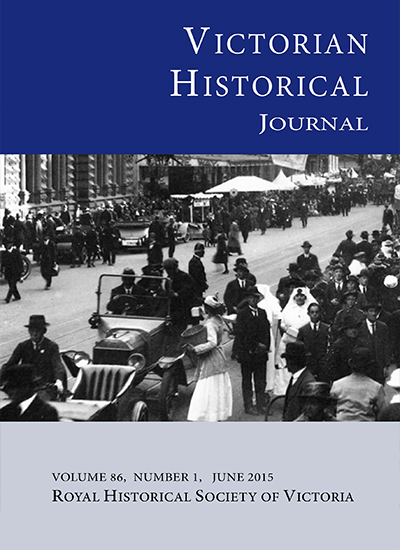
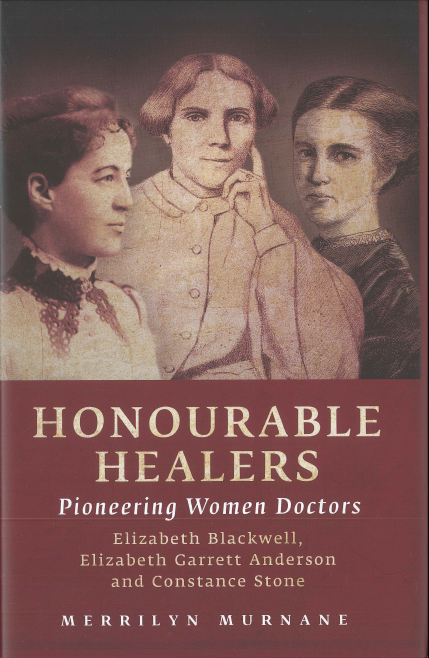

 239 A'Beckett Street Melbourne, Victoria, 3000
239 A'Beckett Street Melbourne, Victoria, 3000  03 9326 9288
03 9326 9288  office@historyvictoria.org.au
office@historyvictoria.org.au  Office & Library: Weekdays 9am-5pm
Office & Library: Weekdays 9am-5pm


Book Reviews Reviews
There are no reviews yet.